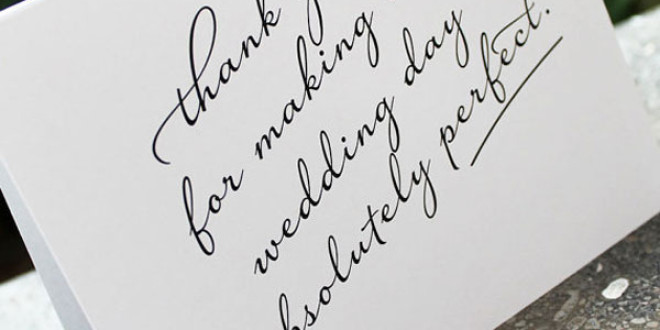[ad_1]
Your wedding dress is probably one of the most extravagant outfits you'll ever wear. One of the key features that makes it so special is the train – the extended back of a wedding gown that trails behind the bride as she walks. Trains vary greatly in style and length – some can be very short, while others can be a huge statement – Kate Middleton's was nine-feet long!
Sometimes wedding dress terminology can be hard to get to grips with, and trains are no exception. There are many varieties, all with their own names and attributes. This simple guide will explain the difference between all the different trains so you can go to your bridal shop with confidence, knowing what you are looking for.
Most floor-length wedding gowns will have a train of some sort – some will be practically unnoticeable, just a mere few inches longer at the back than the front, whereas some will require help from your bridesmaids while you walk. Trains can be attached at different points on the back of the dress, and some are even detachable to make dancing / walking easier after the ceremony. Some may also have loops for you to hook over your wrist so you can hold your train out of the way when you need to. Be aware that long trains can be heavy, so if you are going for a very traditional ballgown style wedding dress with a big train, you may need to rest through the day to avoid getting exhausted!
Here are the main types of wedding dress train you're likely to meet while wedding dress shopping:
Brush – This is the shortest length of train; the back of the dress is slightly longer than the front and just touches the floor.
Court – Court-style trains are slightly fuller than brush-styles. Draping begins at the waist and extends a foot or so behind the dress. Court trains are often detachable.
Watteau – These trains give a very different look as they are attached in a single panel at the shoulders. The train then extends down the bride's back and usually just brushes the floor. However, some watteau trains can be longer for a more dramatic look. Like court trains, watteau trains can usually be detached from the wedding gown itself.
Chapel – Here's where things start to get dramatic in the world of wedding dress trains! A chapel train can extend approximately three feet behind the gown, which most brides find is a fairly manageable length.
Cathedral – Cathedral trains are more formal, and most common for large church weddings as the train extends six feet or more behind the bride. You will almost certainly need a little help from your wedding party to manage this train!
Monarch – Usually reserved for extremely formal, celebrity or royal weddings, a monarch train is the longest of all, and generally extends at least nine feet behind the bride, just like Princess Diana's and Kate Middleton's.
[ad_2]
Source by Todd W Cassidy

